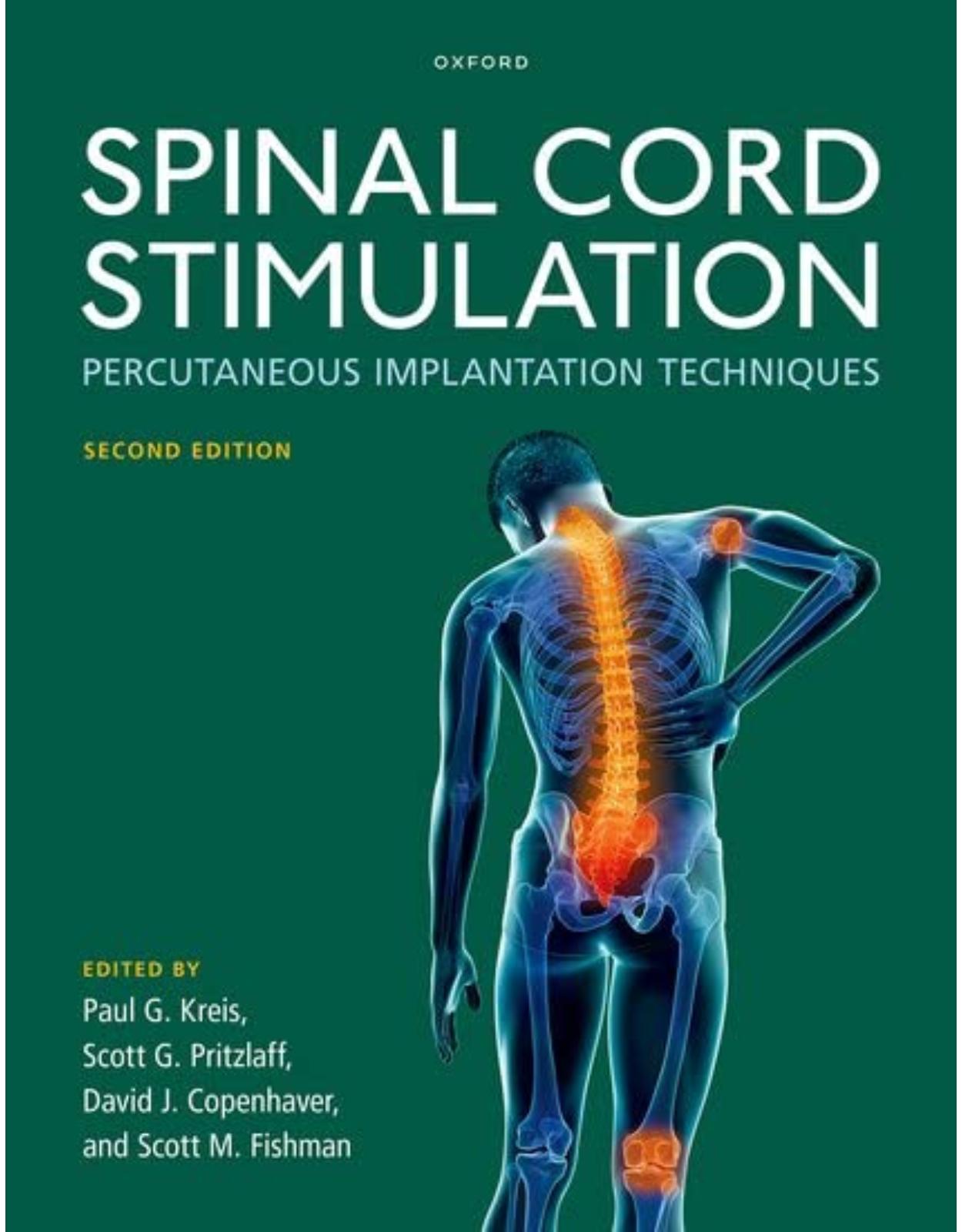
Spinal Cord Stimulation: Percutaneous Implantation Techniques
Livrare gratis la comenzi peste 500 RON. Pentru celelalte comenzi livrarea este 20 RON.
Disponibilitate: La comanda in aproximativ 4 saptamani
Editura: Oxford University Press
Limba: Engleza
Nr. pagini: 216
Coperta: Hardcover
Dimensiuni: 222 x 286 x 16 mm
An aparitie: 12 Jun 2023
Description:
Neuromodulation therapies such as spinal cord, dorsal root ganglion, and peripheral nerve stimulation are used to treat chronic pain syndromes such as intractable back pain, diabetic neuropathy, spinal radiculopathies, and complex regional pain syndrome. Since the publication of the first edition over a decade ago, there has been unprecedented progress in understanding neuromodulation and technological advances in clinical applications.Spinal Cord Stimulation is intended as an essential guide to the clinical fundamentals required for safe and effective implantation of neuromodulation devices. Implantation of these devices is performed by physicians from various disciplines, requiring a multidisciplinary skill set that presents a challenge for surgical and non-surgical pain practitioners alike. This authoritative resource integrates the basic multidisciplinary information necessary for understanding spinal cord stimulation, dorsal root ganglion (DRG), and peripheral nerve stimulation (PNS) with up-to-date implantation techniques for clinicians to use in their daily practice. It also features updated advice for appropriate medical decision making, patient education, safe use of radiation, and managing adverse events, with new chapters dedicated toward DRG stimulation and PNS.
Table of Contents:
Disclosures of Conflicts of Interest
1. The Development of Spinal Cord Stimulation
Introduction
History
The Gate Theory of Pain Reduction
Mechanism of Action
Equipment Overview
Current Status
Favorable Patient Characteristics
Efficacy
Cost-Effectiveness
Warnings
References
2. SCS Screening Trial: Patient Selection and Preparation
Introduction
Patient Selection
Indications for Spinal Cord Stimulation
FDA-Approved Indications
Budapest Clinical Diagnostic Criteria for CRPS
Off-Label Applications
Related Applications
Unsuccessful Applications
Contraindications
Anatomic Considerations
Epidural Access and Stenosis
Spine Abnormalities
Spondylosis
Previous Spine Surgery
Spinal Stenosis
Medical Considerations
Anticoagulation and Coagulopathy
Infection
Suppressed Immune Response
Tobacco Abuse
Establishing Medical Necessity
Psychosocial Considerations
Psychological Contraindications and Testing
Patient Education
Psychological Preparation
Procedural Information
Informed Consent
References
Appendix A: Sample Letter of Medical Necessity for Spinal Cord Stimulation
Appendix B: Frequently Asked Questions About Spinal Cord Stimulation
Appendix C: Checklist of Patient Education Topics
3. Radiation Safety
Introduction
Background
Terminology
X-Ray Interactions
X-Ray Production
X-Ray Image Formation, Detection, and Presentation
The X-Ray Image Intensifier Detector
The Flat-Panel Digital Detector
Collimation and Filtration of the X-Ray Beam
Recording Radiation Dose Metrics
Image Quality
Distortion Errors
Parallax Error
Vignetting
Pincushion Distortion in Image Intensifier Detectors
“S” Distortion
Advantages of Flat Panel Detectors
Biologic Effects of Radiation
Reducing Exposure to Radiation
Minimizing Effects on the Torso and Legs
Minimizing Effects on the Thyroid
Minimizing Effects on the Hands
Minimizing Effects on the Eyes
Fluoroscopy for Spinal Cord Stimulation
Patient-Informed Consent for Radiation Exposure
Acknowledgments
References
4. Sterile Technique
Introduction
The Importance of Sterile Technique in Infection Control
The Development of Sterile Technique
Surgical Site Infections
Risk Factors for Surgical Site Infection
Principles of Aseptic and Sterile Technique
Terms and Concepts
Cleaning and Antiseptic Agents
Other Principles
Preoperative Preparation: Home Preparation
Prophylactic Antibiotics
Operative Preparation: Scrubbing and Draping
Physician Preparation: Hand Scrubbing, Gowning, and Gloving
References
5. Electricity and Spinal Cord Stimulation
Introduction
SCS Leads
Percutaneous Leads
Surgical (Paddle) Leads
Ohm’s Law (V = IR)
Perception Threshold
Fibrosis
Epidural Space
CSF Layer
Time Since Implant
Other Factors
Anodes and Cathodes
Dorsal Column Anatomy
Frequency, Amplitude, and Pulse Width
Amplitude (Current/Voltage)
Pulse Width (Microseconds)
Frequency (Hertz)
Single Versus Dual Leads
Contact Combinations
Monopolar Stimulation
Bipolar Stimulation
Tripolar Stimulation
Dual or Complex Cathodes, Current Steering, and Interleaving
Electrode Spacing
Pulse Generators
Electrical Stimulation Technology
Power Sources: Rechargeable, Non-rechargeable, and Radiofrequency
Pacemakers and Implanted Pulse Generators: Are They Compatible?
Current Versus Voltage Control
Independently Controlled Current Delivery
Interleaved Pulses in Non-independently Controlled Current/Voltage Delivery Systems
Stimulation Waveforms
Evoked Compound Action Potentials
References
6. Trial of Spinal Cord Stimulation: Basic Considerations
Introduction
Percutaneous Versus Tunneled Trials
Advantages of Percutaneous Trials
Disadvantages of Percutaneous Trials
Advantages of Tunneled Trials
Disadvantages of Tunneled Trials
General Information About Percutaneous Trials
Equipment
Relevant Anatomy of the Epidural Space
Lead Locations in the Spine
Loss-of-Resistance Technique
Mechanics of the Loss-of-Resistance Technique
Fluoroscopic Guidance
Local Anesthesia
Anesthesia
Management During the Trial
Assessment of Trial
References
Appendix: Sample Dictation—SCS Trial
Recommendations
Template
7. Percutaneous Trial of Spinal Cord Stimulation
Introduction
Anterograde Lead Placement for Stimulation of Low Back and Legs
Patient Positioning
Operative Procedure
Anterograde Lead Placement for Stimulation of Upper Extremities
Patient Positioning
Operative Procedure
Lead Manipulation
Intraoperative Lead and Stimulation Testing
Anchoring the Lead Externally
After the Procedure
References
8. Tunneled Trial of Spinal Cord Stimulation
Performing a Tunneled Trial
Creating the Midline Cut-Down Incision
Placing the Leads Prior to the Cut-Down Incision
Operative Procedure
Choosing Incision Location
One-Lead Placement
Two-Lead Placement
Two Needles at Same Vertebral Level on Opposite Sides of Midline
Option A: Placing a Single Vertical Incision Between the Two Needles (Figure 8.1)
Option B: Use a Transverse Incision, Thereby Incorporating the Needles into the Incision (Figure 8.2)
Two Needles on the Same Side at Same or Different Vertebral Levels
Placing the Cut-Down Incision Prior to Lead Placement
Creating the Central Pocket
Anchoring the Lead
The Tunneling Procedure
References
9. Basic Surgical Skills for the Operating Room
Introduction
Surgical Instrumentation
Incising Instruments
Electrosurgery
Monopolar (Unipolar) Electrosurgery
Bipolar Electrosurgery
Cut Versus Coagulation
Grounding Pad (Return Electrode)
Dissecting and Undermining
Sharp Versus Blunt
Retractors
Weitlaner Retractor
Adson Cerebellar Retractor
Senn Retractor and Skin Hook
Army–Navy Retractor
Forceps
Tunneling
Suction Equipment
Sponges
Needles and Sutures
Basic Suture Instruments
Needle Holders (Drivers)
Needle Pickups
Suture Scissors
Suture Material
Suture Handling
Natural Versus Synthetic Material
Absorbable Versus Nonabsorbable Sutures
Monofilament Versus Multifilament Sutures
Suture Size
Surgical Needles
Needle Anatomy
Curved Versus Straight Needles
Taper Point, Cutting, or Reverse Cutting Needles
Conventional Cutting Needles
Reverse Cutting Needles
Skin Adhesive
Wound Closure
Holding the Needle Driver and Grasping the Needle
Interrupted Sutures for the Deep Layer
Continuous (Running) Subcuticular Skin Closure
Avoid Tissue Trauma
Surgeon’s Knot and Square Knot
Two-Handed Surgical Tie
Two-Handed Square Knot
Instrument Tie
References
10. Permanent Spinal Cord Stimulator Placement
Introduction
Temporary Versus Permanent Trial
Permanent Implantation Following a Successful Percutaneous Trial
How Much Additional Length Should Be Added for Strain Relief?
Anesthesia
Anterograde Permanent Lead Placement at the Lumbar, Thoracic, and Cervical Levels
Creating the Midline Pocket Incision
Placing the Leads Prior to Cut-Down Incision and Midline Pocket Creation
Operative Procedure
Choosing Incision Location
Placing the Midline Pocket Cut-Down Incision Prior to Lead Placement
Creating the Central Pocket
Anchoring the Lead
Permanent Implantation Following Successful Tunneled Trial
Explantation of Temporary Extension
Where to Place the IPG Pocket
Placing the IPG
The Tunneling Procedure
After the Procedure
References
Appendix 1: Sample Dictation Template
Consent
Procedure
Disposition
Template
Postoperative Instructions for Patients Having Spinal Stimulator Implants, Revisions, and Explants
Sample Preoperative Orders: Spinal Cord Stimulator Implant
Sample Preference Card
Preparation
Instruments
Supplies
Equipment
Sutures
Drugs
Dressings
11. Wound Healing, Postoperative Wound Management, and Discharge Education
Introduction
Normal Wound Healing
Phases of Wound Healing
Phase 1: Hemostasis and Inflammation
Phase 2: Proliferation and Fibroplasia
Phase 3: Maturation and Remodeling
Identifying the Patient at Risk for Wound Complications
Malnutrition, Chronic Disease, Immune Compromise, and Lifestyle Factors
Postoperative Care
Showering
Postoperative Antibiotics
Suture and/or Staple Removal
References
12. Complications and Adverse Events
Postoperative Complications in the Modern World
Training
Complications and Adverse Events
Anesthesia Complications
Monitoring
Local Anesthetic Toxicity
Inadvertent Subarachnoid Injection: The Total Spinal Block
Surgical Complications
Infection
Preoperative Prevention
Postoperative Infection
Hematoma
Preoperative Prevention
Postoperative Hematoma
Epidural Hematoma
Epidural Abscess
Hematoma of the Midline or IPG Pocket
Midline or IPG Pocket Seroma
Dural Punctures and CSF Hygromas
Prevention
Responding to a Dural Puncture
Dehiscence
Skin Erosion
Perforated Viscus: Tunneling
Cord Injury and Nerve Damage
Anxiolysis and Sedation
Stenosis
Hardware Malfunction
MRI Compatibility
Explantation
Conclusions
References
13. Peripheral Nerve Stimulation
Introduction
Clinical Anatomy of the Peripheral Nervous System
Mechanism of Action
Indications for PNS Therapy
Peripheral Nerve Trauma
Hemiplegic Shoulder Pain (HSP)
Low Back Pain
Chronic and Acute Postsurgical Pain
Complex Regional Pain Syndrome (CRPS)
Other (Groin Pain, Intercostal Pain, Sacroiliac Pain, Chronic Migraine)
Equipment and Implantation Procedures
Patient Selection
Safety and Risk
Diagnostic Local Anesthetic Blocks and Trials
Approaches to Nerves
Common Nerve Targets
Approach to the Suprascapular Nerve
Approach to the Axillary Nerve
Approach to the Sciatic, Common Peroneal, and Tibial Nerves
Tunneling
Conclusions
References
Appendix A: Sample Dictation—PNS Percutaneous Trial/Temporary Implant with Ultrasound
Recommendations
Template
Appendix B: Sample Dictation—PNS Permanent Implant with Ultrasound
Recommendations
Template
14. Dorsal Root Ganglion Stimulation
Introduction
Clinical Anatomy and DRG Stimulation
Patient Selection
Technique
Patient Position
Needle Placement for T10 to L3
Case Example
Needle Placement for L4 to L5
Needle Placement for S1 and S2
Case Example
Sheath Delivery T10 to S2
Placing the Epidural Strain Relief Loop
Removal of the Delivery System
References
Index
| An aparitie | 12 Jun 2023 |
| Autor | Paul G. Kreis, Scott G. Pritzlaff, David J. Copenhaver, Scott M. Fishman |
| Dimensiuni | 222 x 286 x 16 mm |
| Editura | Oxford University Press |
| Format | Hardcover |
| ISBN | 9780190095086 |
| Limba | Engleza |
| Nr pag | 216 |
-
46600 lei 42200 lei
-
63600 lei 62200 lei

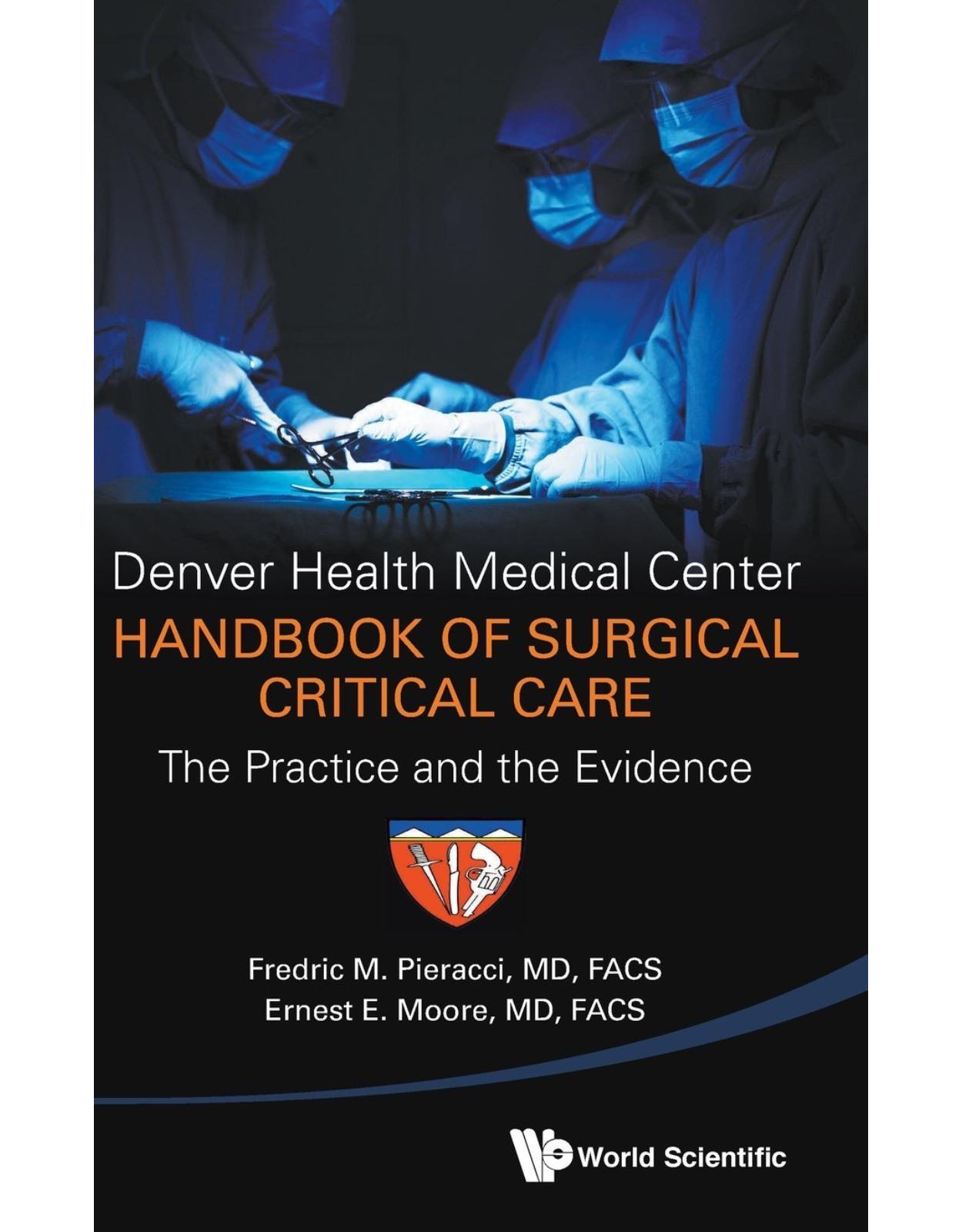
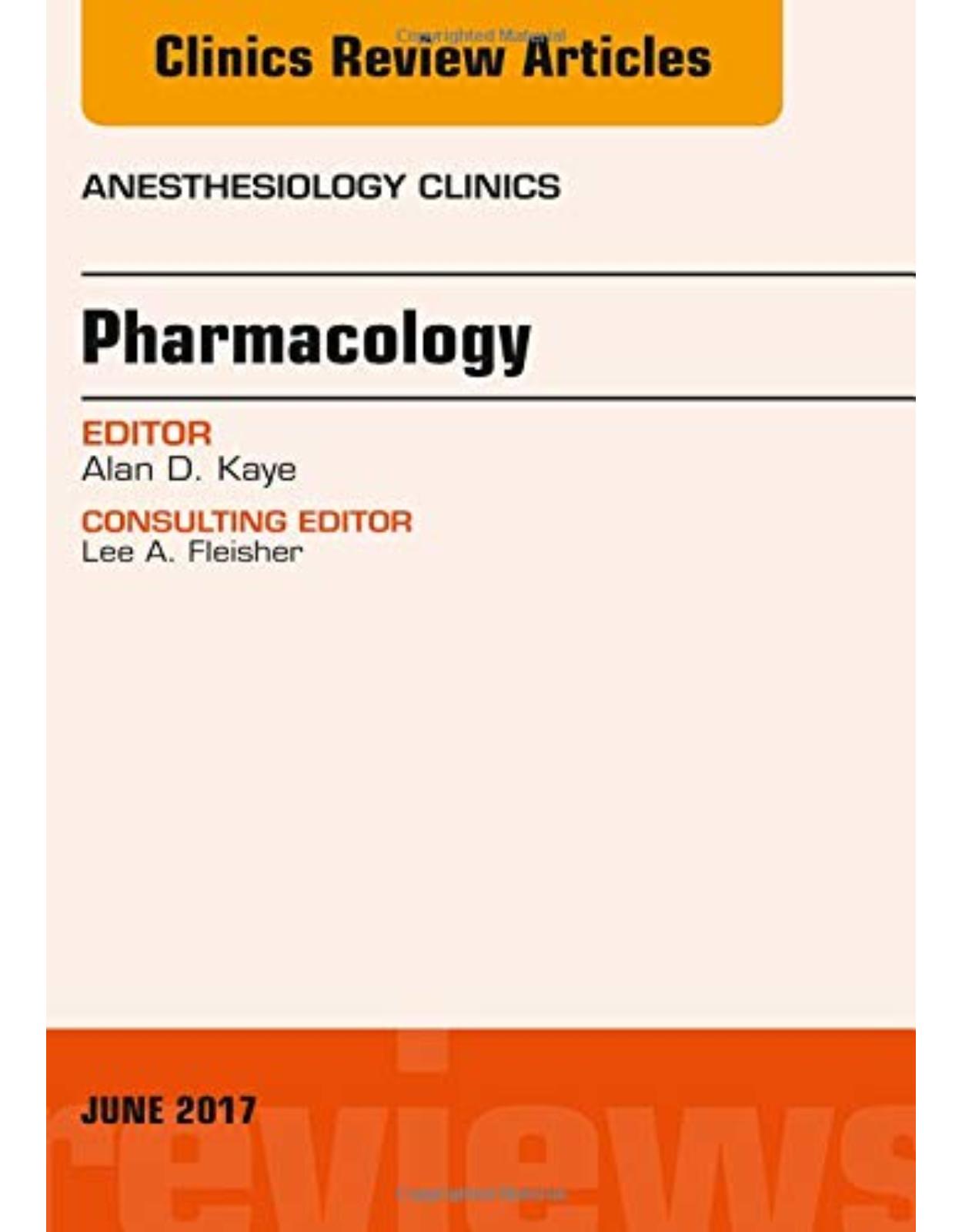
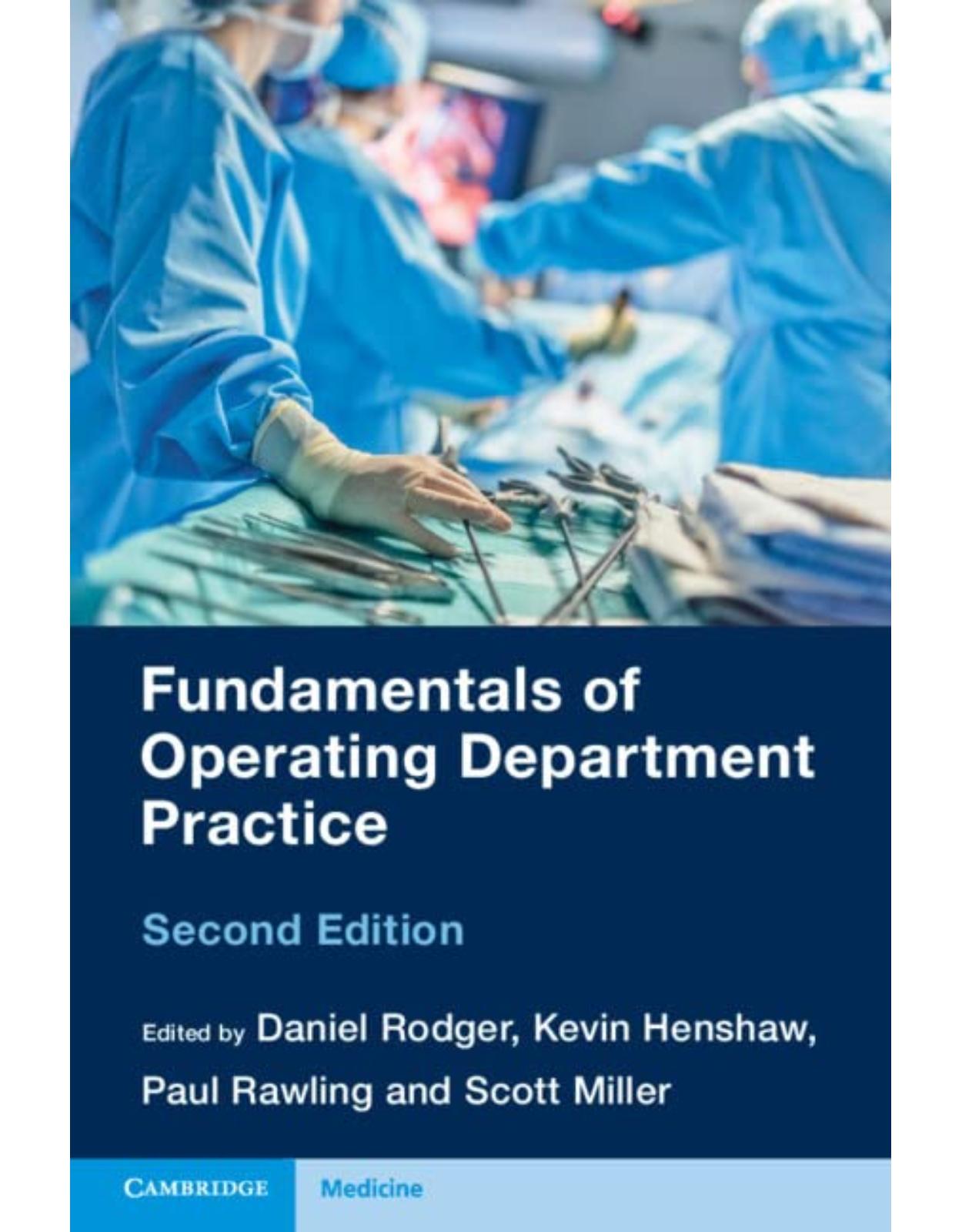
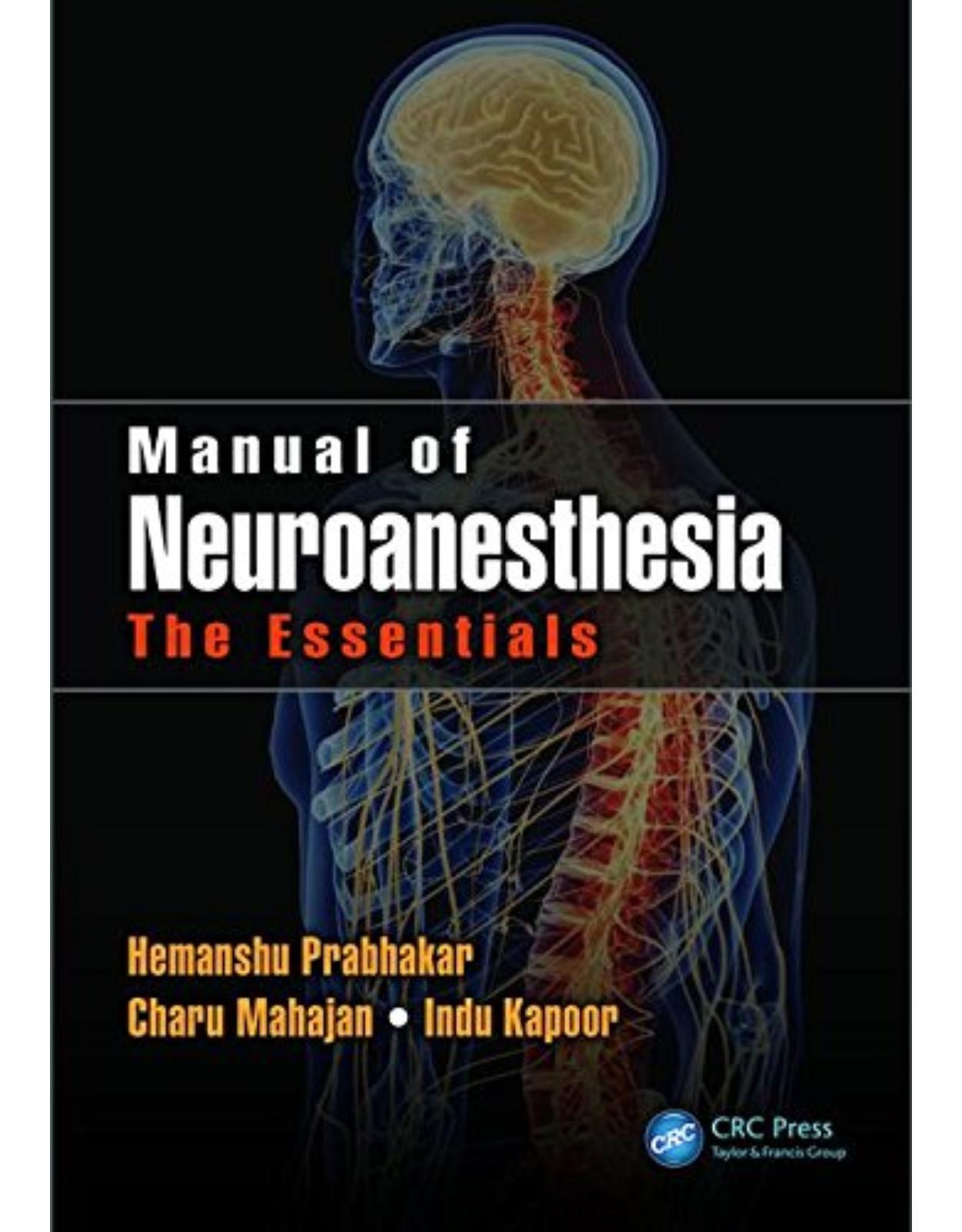
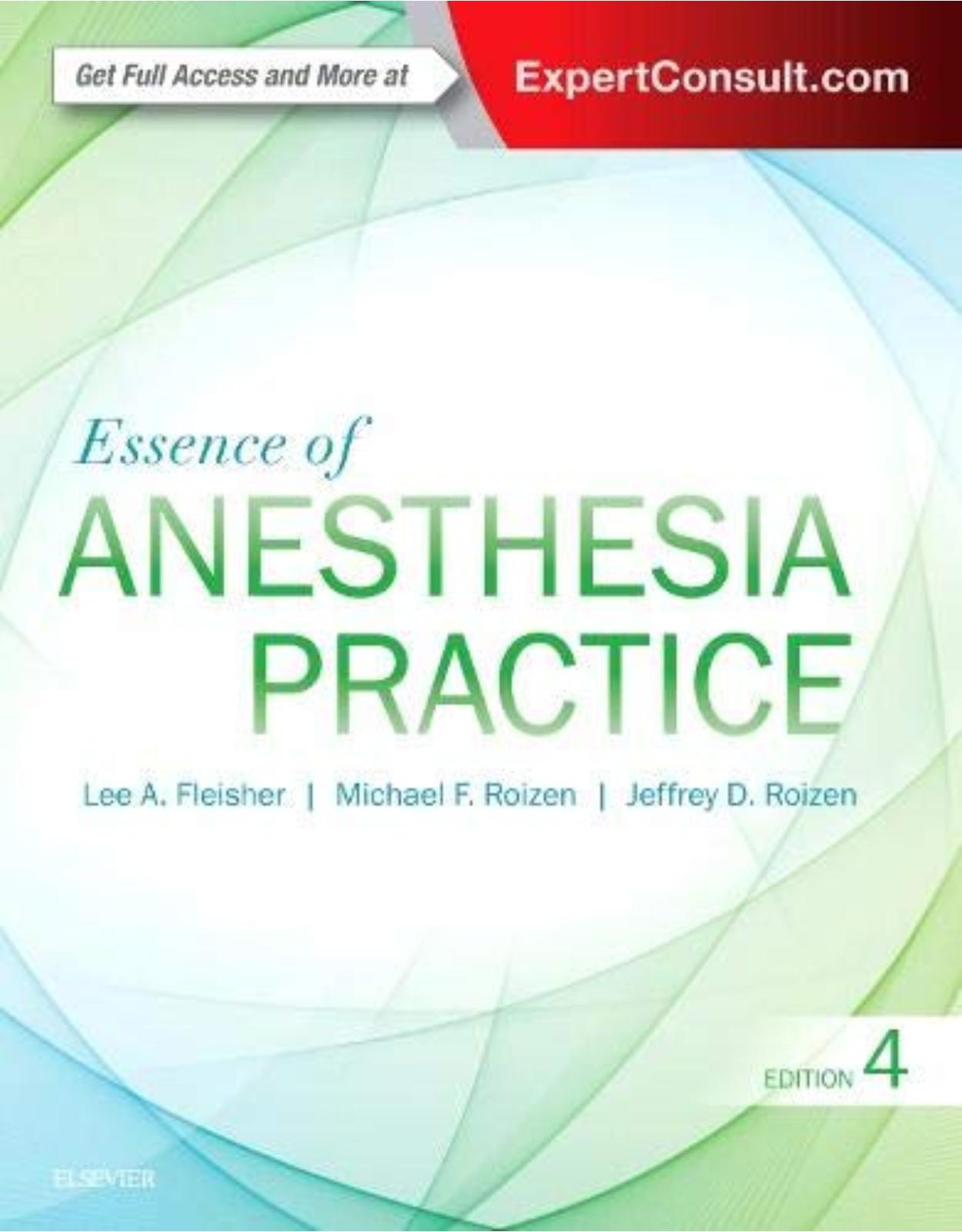
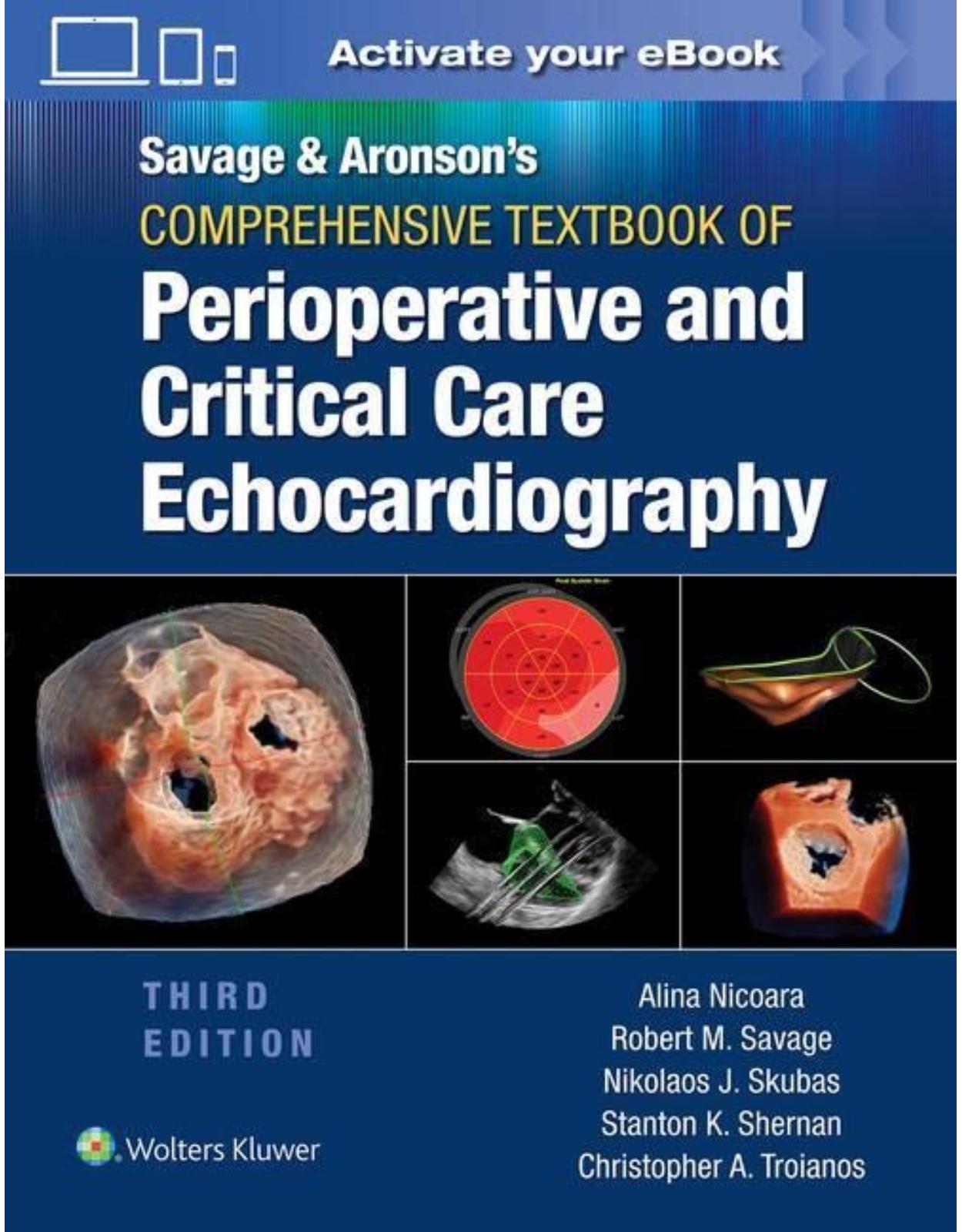
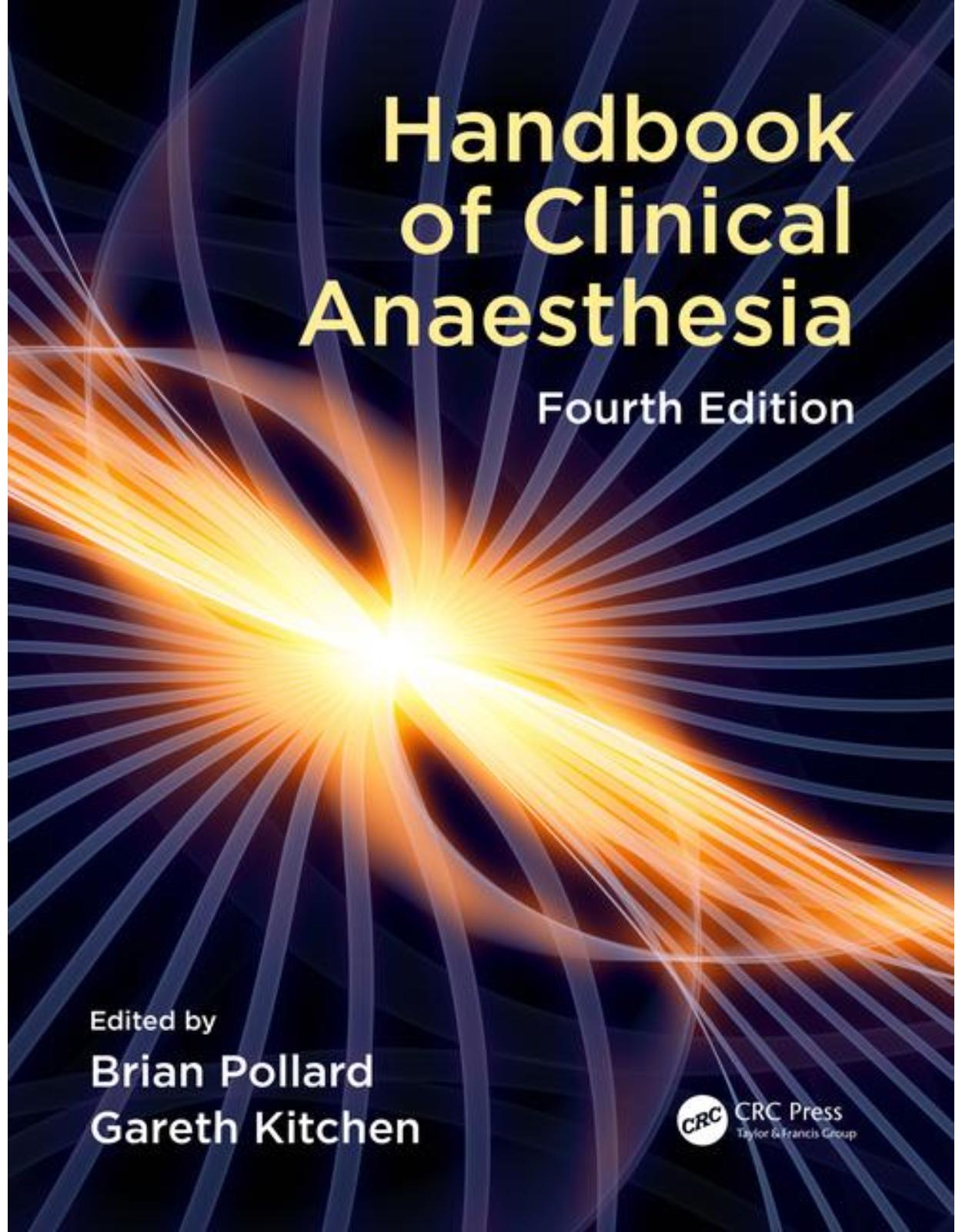
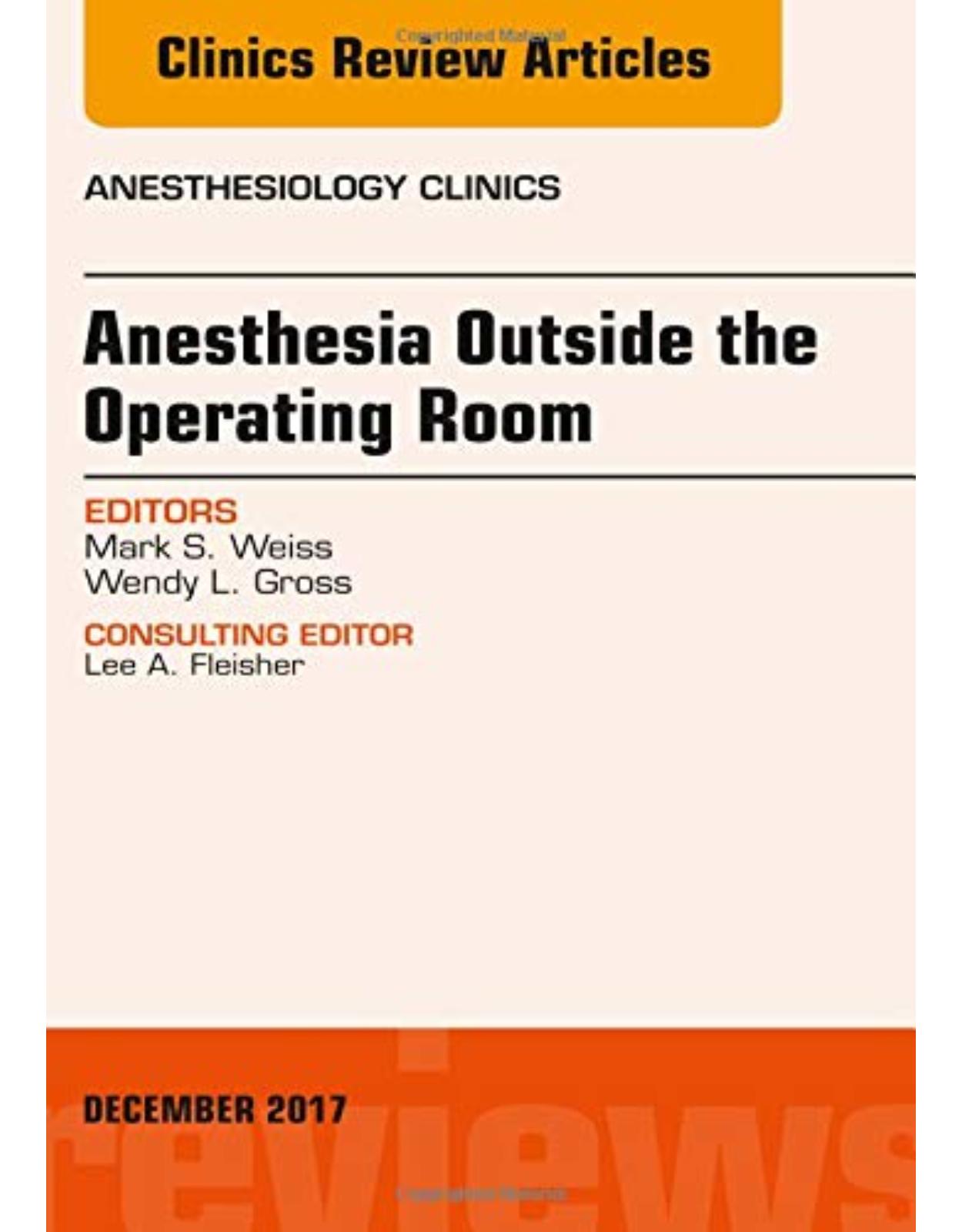
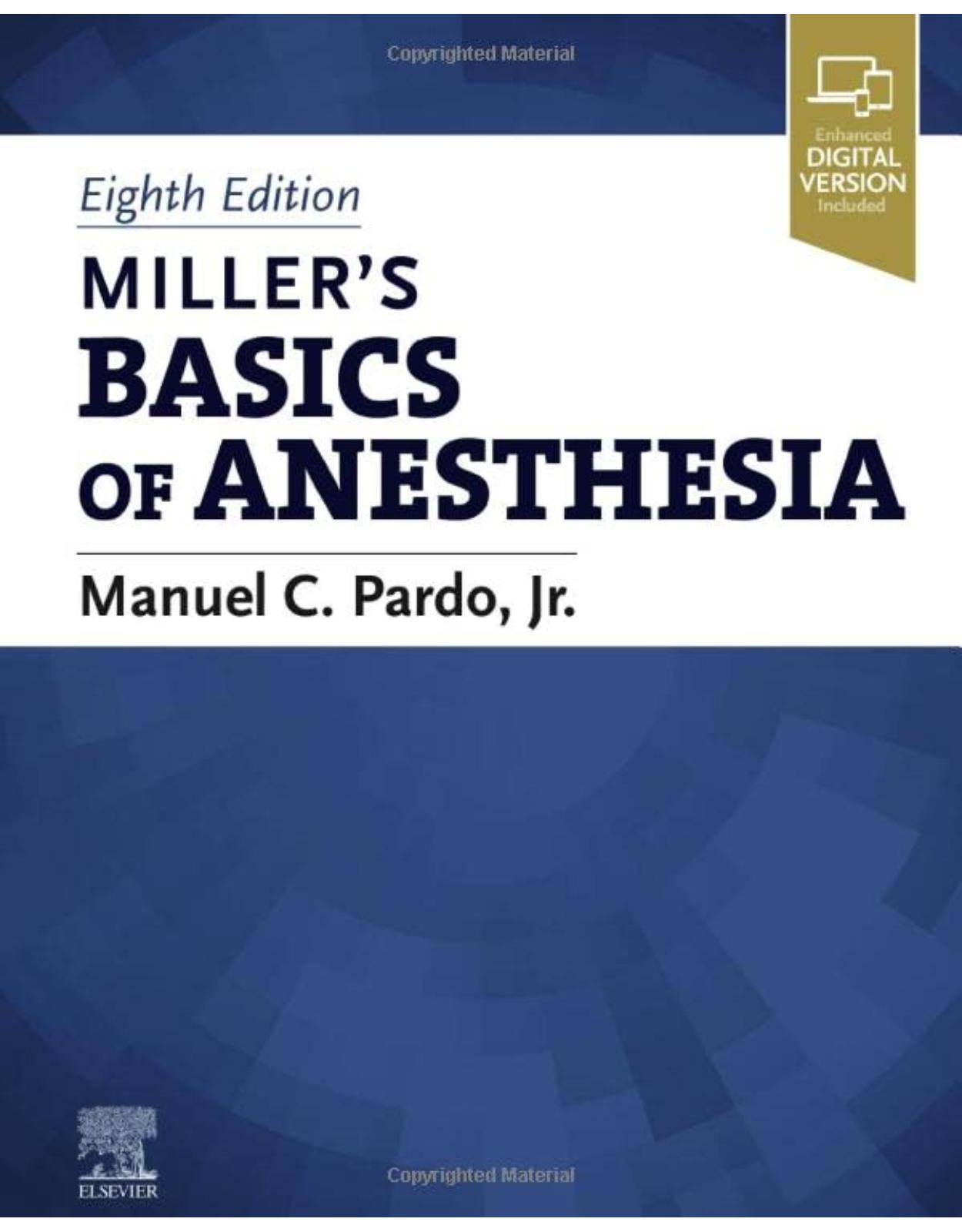
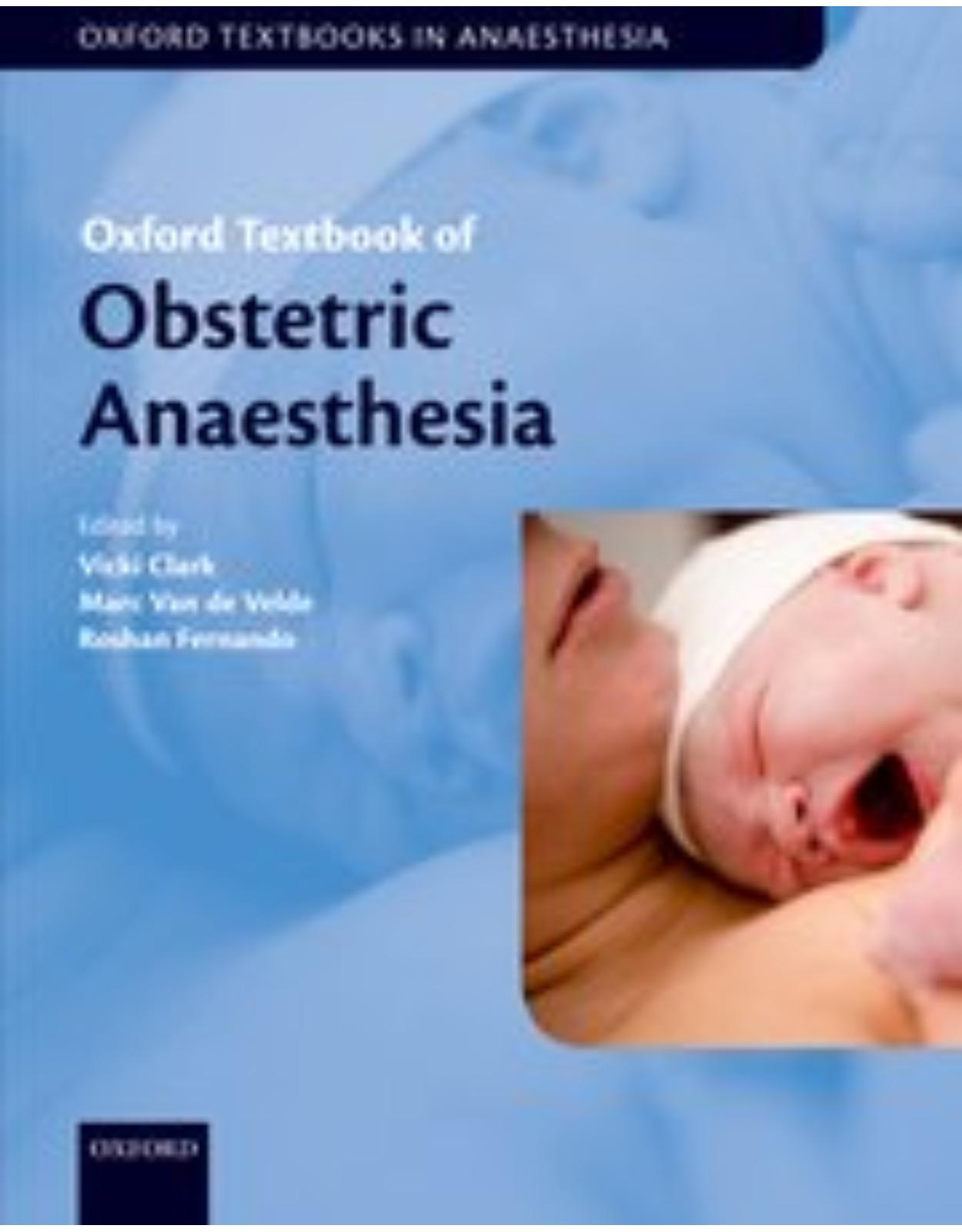
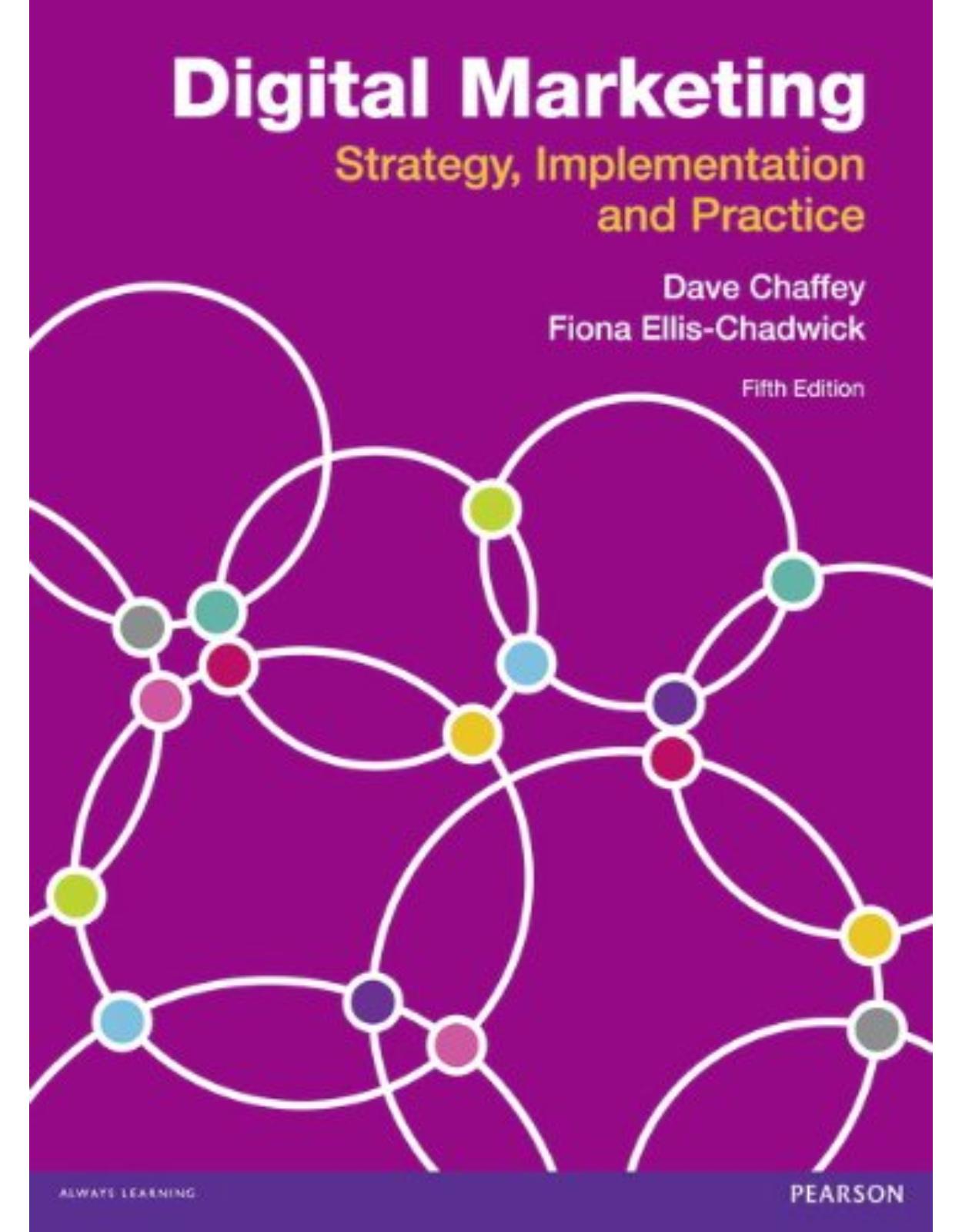


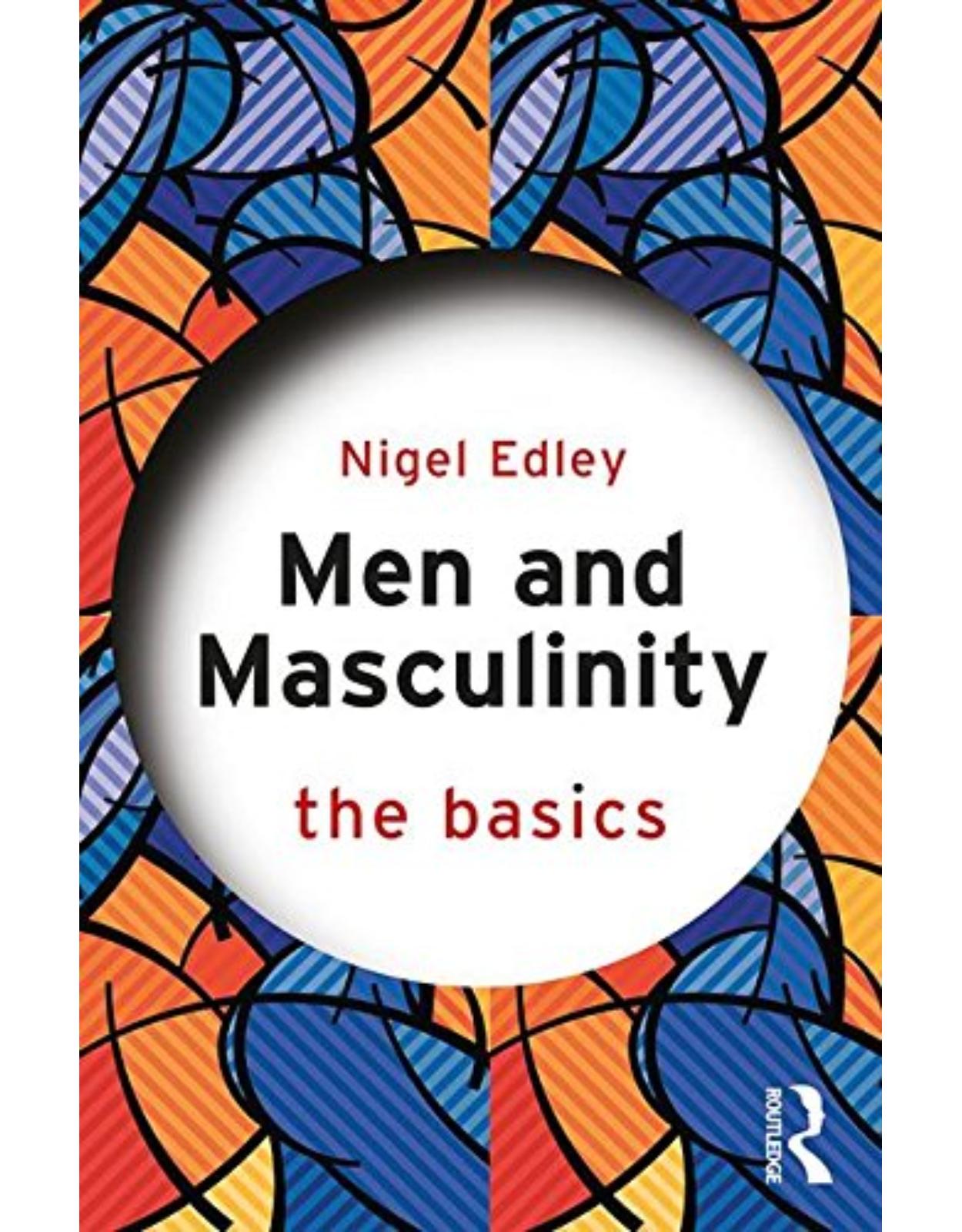

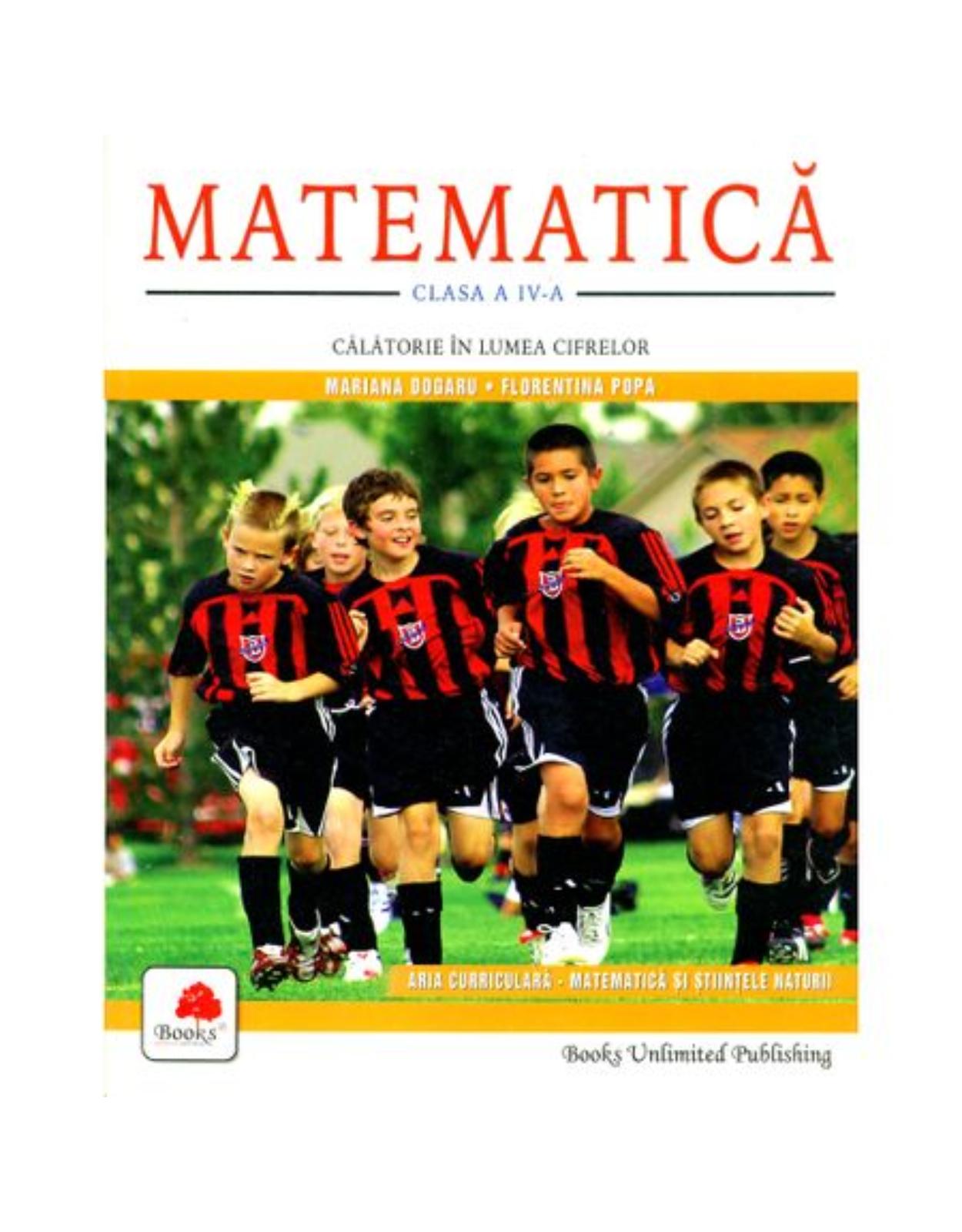
Clientii ebookshop.ro nu au adaugat inca opinii pentru acest produs. Fii primul care adauga o parere, folosind formularul de mai jos.